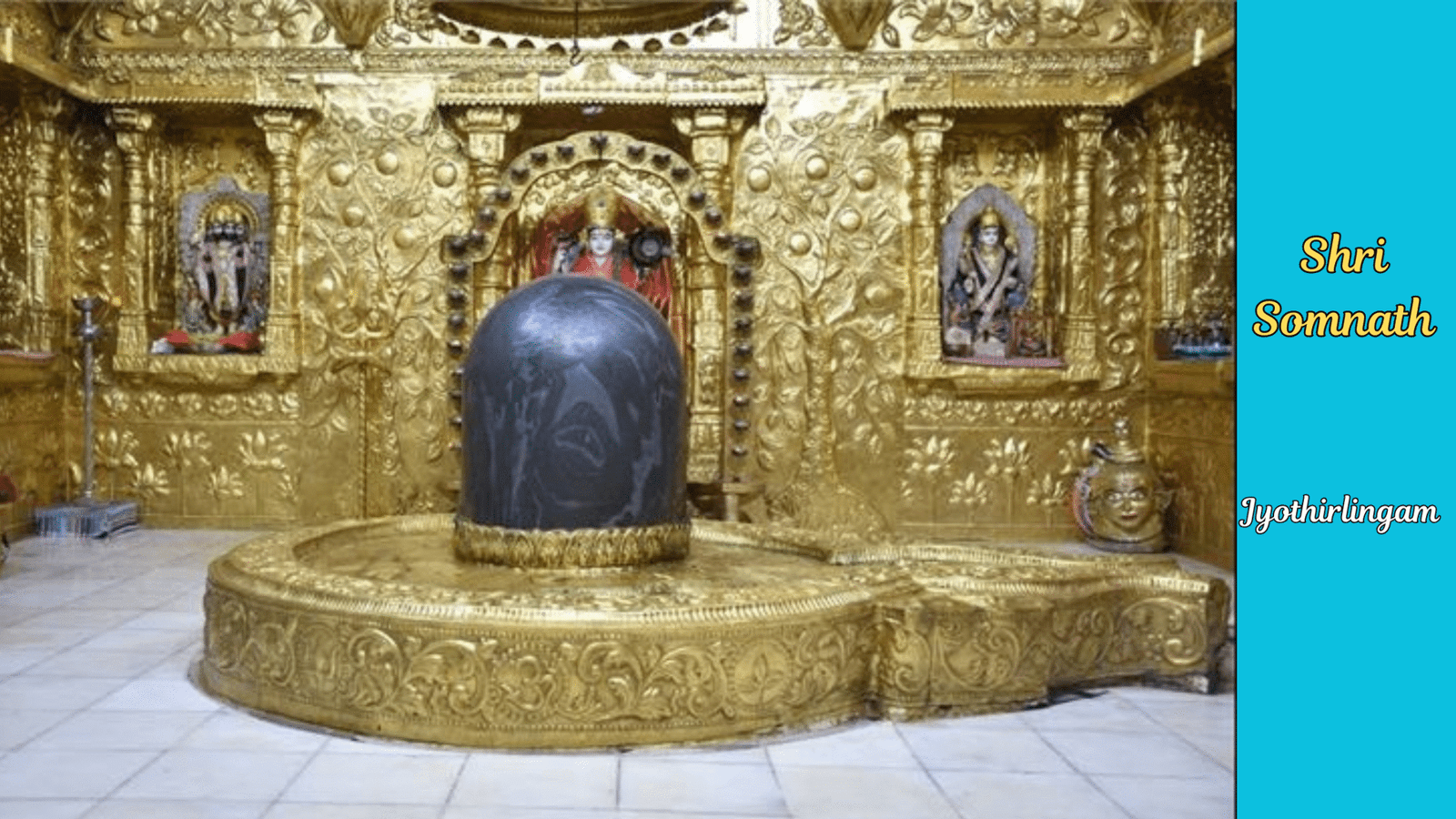Shri Somnath Jyotirlingam: The First Jyotirlingam in the 12 Jyothirlinga series
India is a land of faith and eternal devotion, where every corner has a story rooted in spiritual legacy. Among the twelve sacred Jyotirlingas of Lord Shiva, Shri Somnath Jyotirlingam stands out as not only the first Jyotirlinga in the series but also one of the most historically and mythologically significant.
Located on the western coast of India in Prabhas Patan, Gujarat, the Somnath temple is a blend of spirituality, resilience, and grandeur.
This comprehensive guide takes you through the history, mythology, architecture, travel tips, rituals, and nearby attractions of the Somnath temple, making it a must-read for devotees, spiritual seekers, and heritage lovers.
The Spiritual Significance of Shri Somnath Jyotirlingam

Shri Somnath Jyotirlingam is believed to be the first among the twelve Jyotirlingas, the divine representations of Lord Shiva’s cosmic energy. According to ancient texts, Lord Shiva manifested himself here as a column of light—Jyoti—to prove his supremacy over other gods.
The name ‘Somnath’ translates to “Lord of the Moon”. This has a deep-rooted connection with the mythological tale of the Moon God (Chandra), who was relieved of his curse by Lord Shiva at this very place.
Somnath is also mentioned in sacred Hindu scriptures like the Rig Veda, Skanda Purana, and Shiva Purana, emphasizing its timeless sanctity.
You may also like: Srisailam Mallikarjuna Jyotirlingam
Mythological Legends Behind Somnath Temple
The temple’s origin is entwined with fascinating legends:
1. The Curse of Chandra (Moon God)
Chandra, the Moon God, had 27 wives—all daughters of Daksha. However, he favored only one of them, Rohini, ignoring the others.
Angered by this, Daksha cursed Chandra to lose his luster and beauty. As Chandra’s glow began to wane, he sought refuge in Lord Shiva and performed severe penance at this site.
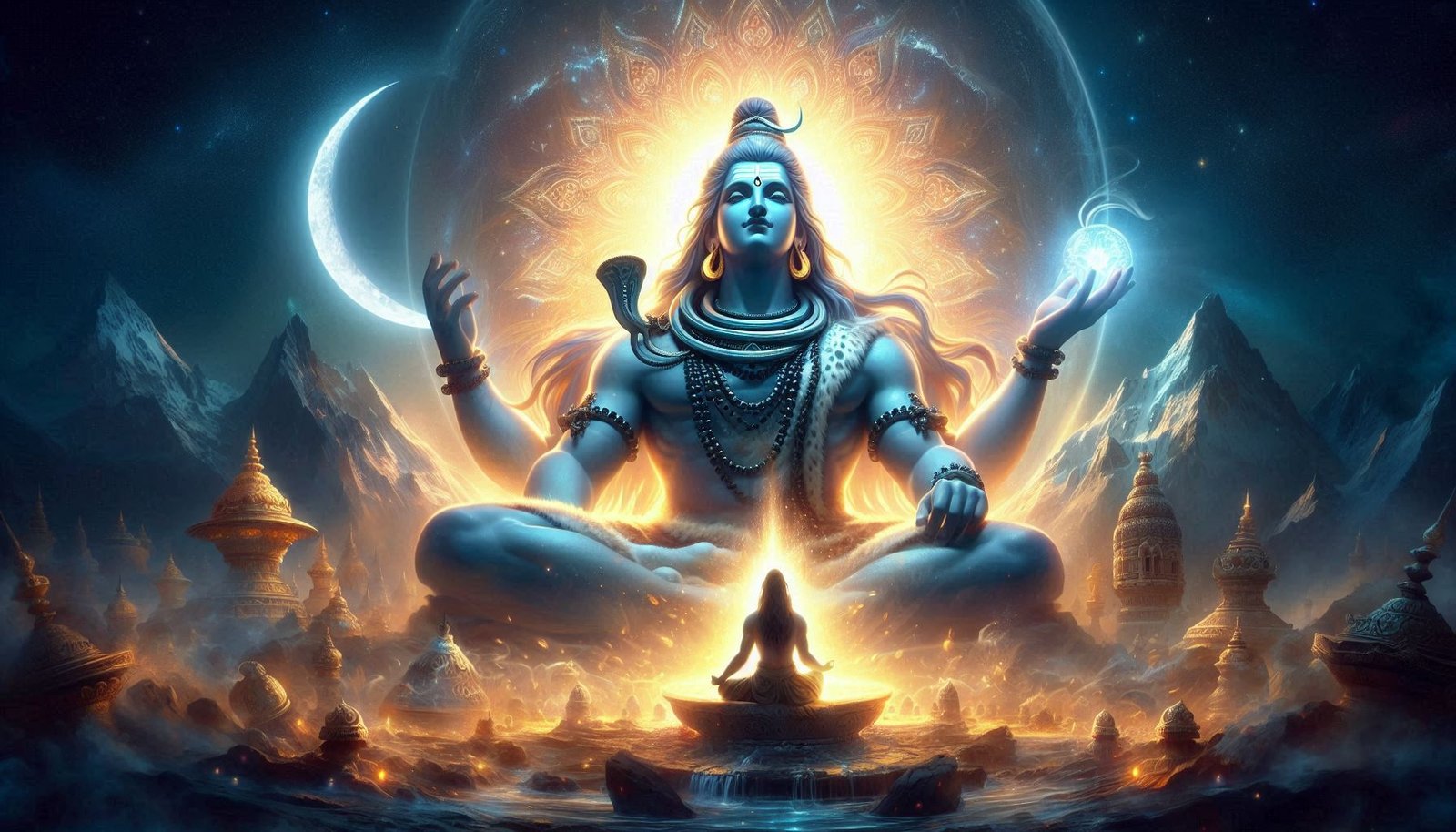
Pleased with his devotion, Shiva lifted the curse partially, allowing Chandra to regain his form in phases—thus explaining the waxing and waning of the moon.
Lord Shiva then resided here eternally as Somnath, and a temple was built in his honor.
2. The Jyotirlinga Emergence
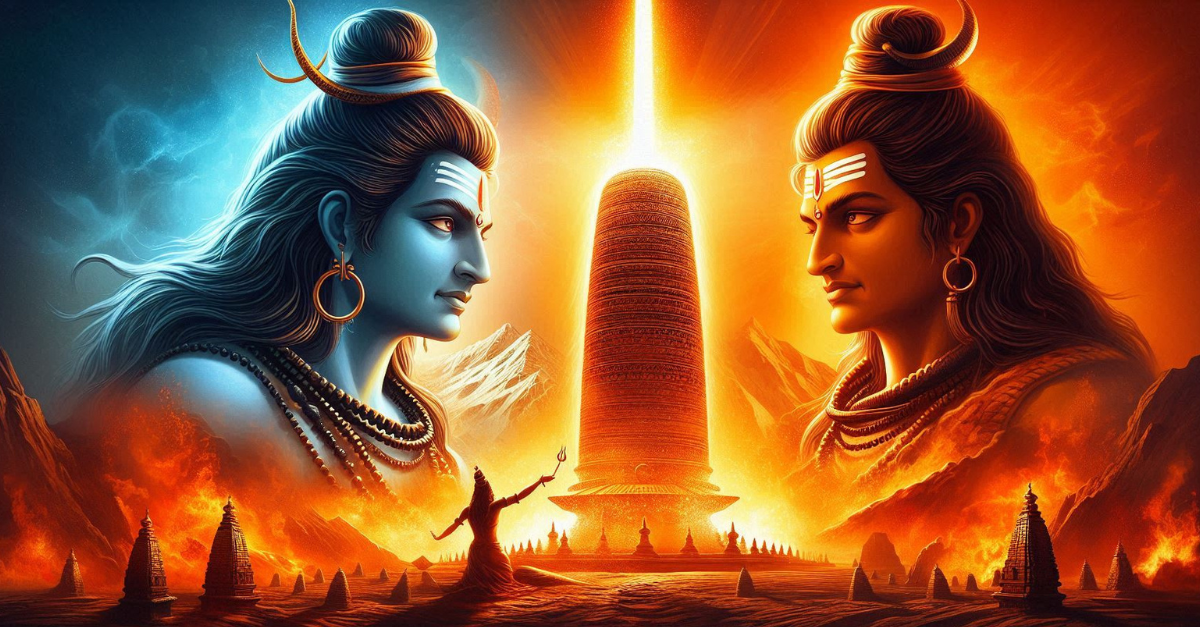
The Shiva Purana recounts how Brahma and Vishnu once debated who was supreme. Shiva appeared as a fiery column of light (Jyoti), challenging them to find its beginning and end. While Vishnu accepted his defeat, Brahma lied, leading to Shiva cursing him. The Jyotirlinga is believed to be that divine flame, and Somnath is its first earthly manifestation.
Historical Significance and Resilience of the Temple
Shri Somnath is not just a spiritual beacon—it is also a symbol of cultural endurance. The temple has been destroyed and rebuilt several times over the millennia.
- Destroyed by Mahmud of Ghazni in 1026 CE, who looted its vast wealth.
- Rebuilt by King Bhimdev 1 soon after.
- Destroyed again by Allaudin Khilji’s forces and later by Mughals.
- Rebuilt by Hindu rulers and finally by Sardar Vallabhbhai Patel post-independence in 1951, restoring the temple to its present glory.
Each reconstruction represents a powerful chapter of faith rising from the ashes of ruin, making Somnath a temple of unshakable devotion.
The present structure of the Somnath temple is an architectural masterpiece built in the Chalukya style, also known as Māru-Gurjara architecture. Its precision and carvings reflect the craftsmanship of ancient Indian artisans.
Temple Attractions
Shikhara (Spire): The temple spire is about 50 meters high.
Kalash: A 10-ton gold-plated Kalash sits atop the spire.
Flag Pole: A tricolor flag measuring 37 feet in length flutters, changed thrice a day.
Garbhagriha: The sanctum houses the Shiva Lingam, the main deity of worship.
Sea-facing Design: The temple faces the Arabian Sea, offering a stunning backdrop to its sacred ambiance.
An inscription on the temple wall reads: “There is no land in the straight line between the Somnath temple and the South Pole.”
This signifies its position on the Indian coastline and its spiritual symbolism as a cosmic axis.
Daily Rituals and Spiritual Practices
The temple follows Vedic traditions in its rituals and practices. Devotees can participate or witness several daily sevas and aartis that are spiritually uplifting.
Daily Worship Schedule:
Opening Time: 6:00 AM
Morning Aarti: 7:00 AM
Midday Aarti: 12:00 PM
Evening Aarti: 7:00 PM
Closing Time: 9:30 PM
Special Pujas:
Rudrabhishek: Sacred water, milk, and other offerings are poured over the lingam.
Laghu Rudra and Maha Rudra Yagna
Parthiv Shivling Puja: Worship of earthen Shiva lingams with mantras.
Online bookings for pujas and darshan are available through the official Somnath temple website.
Major Festivals Celebrated at Somnath
Somnath witnesses grandeur and spiritual fervor during Hindu festivals:
1. Maha Shivaratri
The most important festival dedicated to Lord Shiva, celebrated with night-long chanting, special pujas, and processions.
2. Shravan Maas (July-August)
The entire month is dedicated to Lord Shiva with daily abhishekam, bhajans, and rituals.
3. Kartik Purnima
A sacred full moon festival with spiritual baths and temple fairs.
4. Diwali and Navratri
The temple is beautifully lit up, attracting thousands of pilgrims.
How to Reach Somnath Temple
Somnath is well connected by road, rail, and air, making it easily accessible from across India.
By Air:
Nearest Airport: Diu Airport (85 km)
Regular flights from Mumbai and Ahmedabad.
Rajkot Airport (190 km) is another alternative.
By Rail:
Veraval Railway Station (7 km) is the closest.
It is connected to major cities like Ahmedabad, Rajkot, and Mumbai.
By Road:
Somnath is well-connected via state highways.
Buses are available from Ahmedabad, Junagadh, Dwarka, and Rajkot.
Taxis and rental cars are also convenient for comfortable travel.
Accommodation Options in Somnath
There are a variety of accommodations ranging from budget stays to luxury hotels.
Temple Guesthouses:
Somnath Trust Guesthouses like Lilavati Atithi Bhavan, Sagar Darshan, and Maheshwari Atithi Bhavan offer clean, affordable rooms for pilgrims.
Hotels:
The Fern Residency
Lords Inn Somnath
Hotel Sun Plaza
Hotel Somnath Sagar
Booking in advance is recommended, especially during peak seasons and festivals.
Nearby Attractions to Explore
Somnath is not just a spiritual hub but also surrounded by historical and natural sites:
1. Triveni Sangam Ghat

Confluence of three sacred rivers—Hiran, Kapila, and Saraswati. A holy spot for ritual bathing.
2. Bhalka Tirth
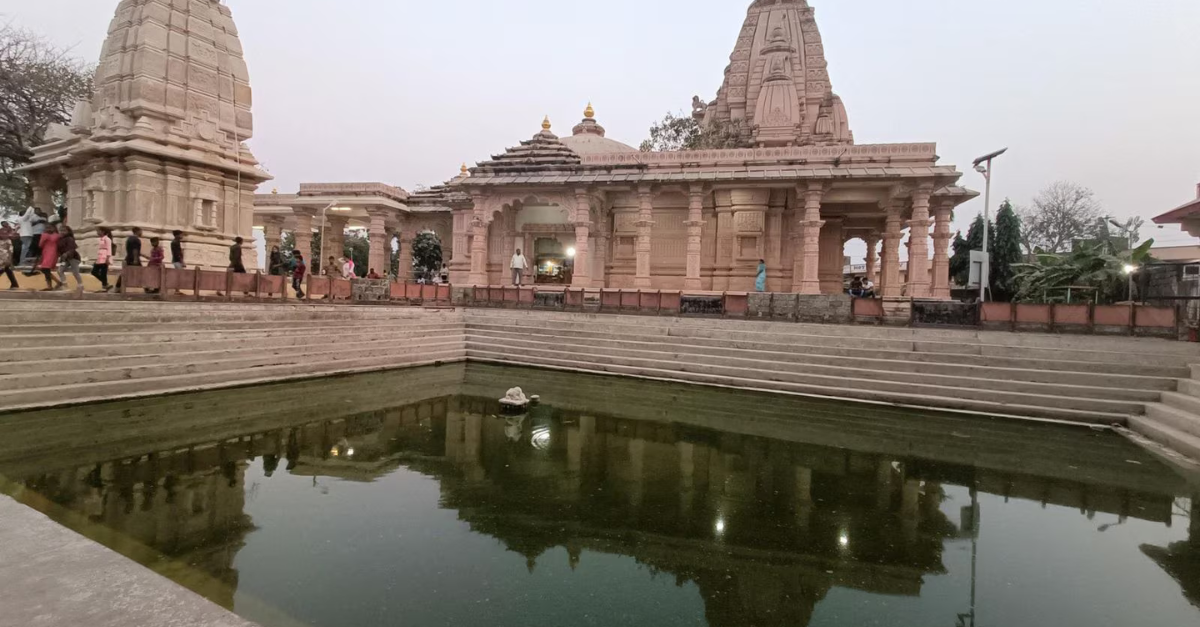
The legendary place where Lord Krishna was struck by an arrow, marking the end of his earthly incarnation.
3. Gita Mandir
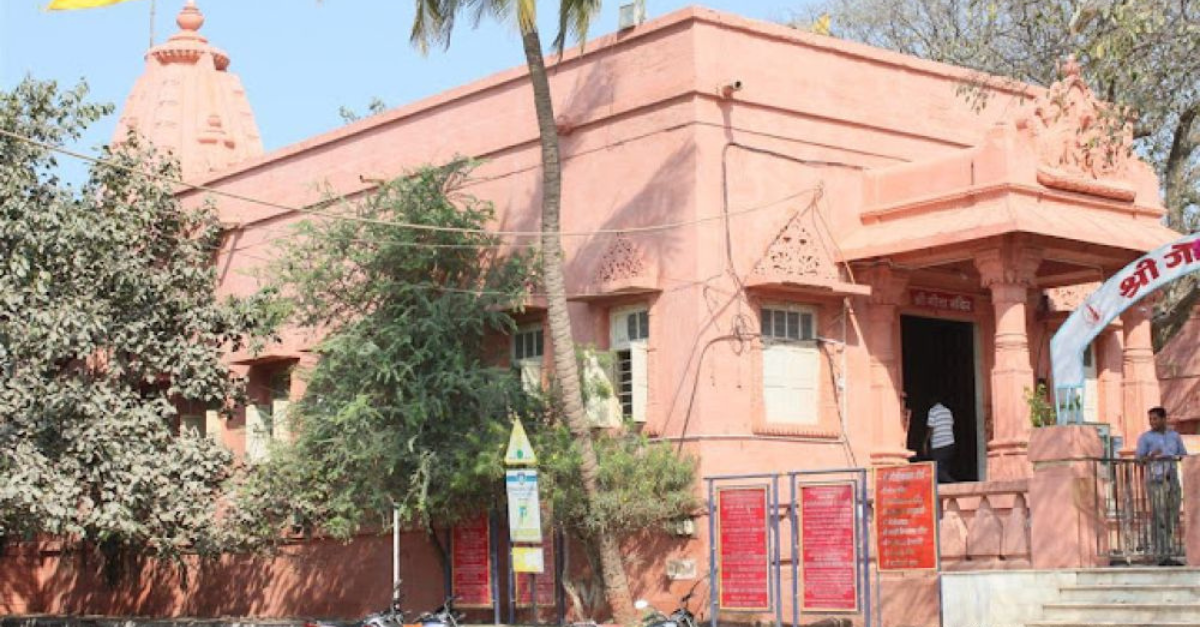
Constructed by the Birla family, this temple features 18 marble pillars inscribed with verses from the Bhagavad Gita.
4. Prabhas Patan Museum
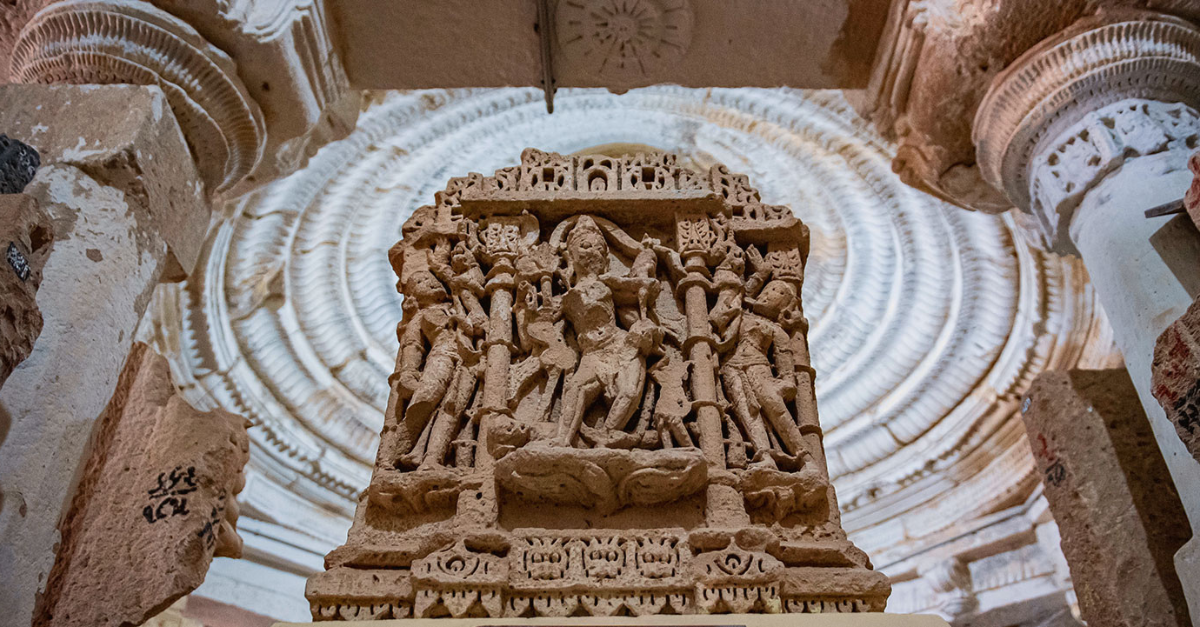
Showcases sculptures, temple remnants, and ancient artifacts from the temple’s glorious past.
5. Junagadh and Gir National Park

About 80 km away, offering historical sites and the famous Asiatic lion safari.
Best Time to Visit Somnath Temple
The ideal time to visit Somnath is from October to March, when the climate is cool and pleasant for temple visits and exploration.
Winter (Oct–Feb): Best season for pilgrimage and sightseeing.
Monsoon (July–Sept): Lush surroundings but occasional heavy rains.
Summer (March–June): Hot temperatures; stay hydrated if visiting.
Temple Guidelines and Tips for Visitors
- Dress Modestly: Traditional Indian attire is preferred.
- Footwear: Not allowed inside the temple premises.
- Mobile Phones & Cameras: Not permitted inside the temple.
- Entry is Free: No charges for darshan.
- Guides Available: Trained local guides are available to explain the temple’s history and legends.The Shree
- Somnath Trust offers several online services:
- Live Darshan Streaming
- Online Pooja Booking
- Donations and Seva Booking
- Accommodation Reservations
Official Website: Visit
Conclusion
Shri Somnath Jyotirlingam is not just a temple—it is a symbol of faith, resilience, and divine grace. As the first Jyotirlinga, it holds a timeless place in Hindu dharma. From mythological legends to centuries of reconstruction and devotion, the temple echoes the undying spirit of Sanatan Dharma.
Whether you’re seeking spiritual enlightenment, historical insight, or simply inner peace, a visit to Somnath promises an experience that transcends time and connects the soul to the divine. Witness the power of Lord Shiva where the moon regained its glow and faith withstood centuries of tests—at the magnificent Somnath Jyotirlingam .


